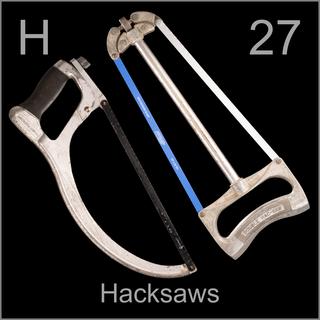 |
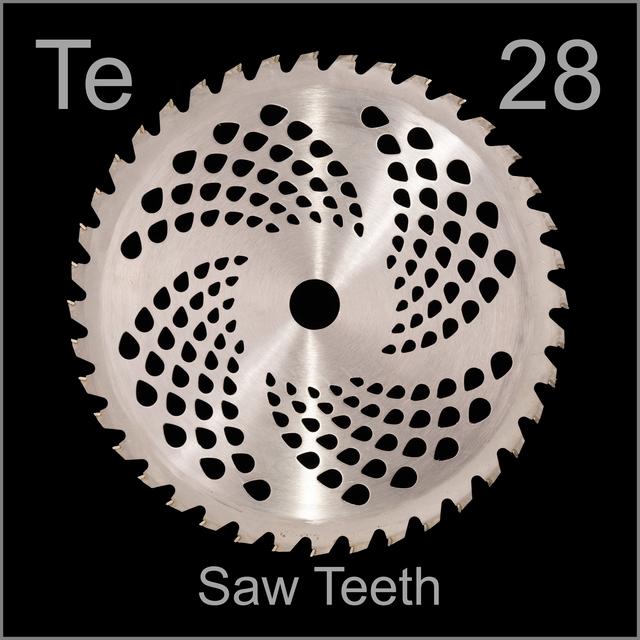
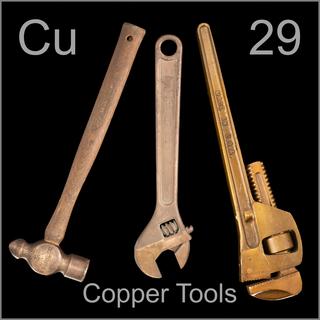 |
Leave a comment below! Or click on an individual tool to see more or leave a comment about that tool. |
|
 |
|
 |
| Insulation saws don’t really have teeth, more like a series of sharp knife edges. |
 |
| There really is no difference between a bread knife and an insulation saw. This is sold as a bread knife, but its tough industrial design would look perfectly at home in a toolbox instead. |
 |
| Bone Saw |
 |
| This looks like a wood saw with comically over-sized teeth. It’s used to cut hay bales. The teeth make sense because a bale of hay is a lot like a piece of wood with comically oversized grain fibers. Just as in wood, cutting a strand of hay is much harder than separating it from its neighbor, so to “cross cut” hay you want a tool with knife-like teeth to cut the strands. |
 |
| Common hand saw. |
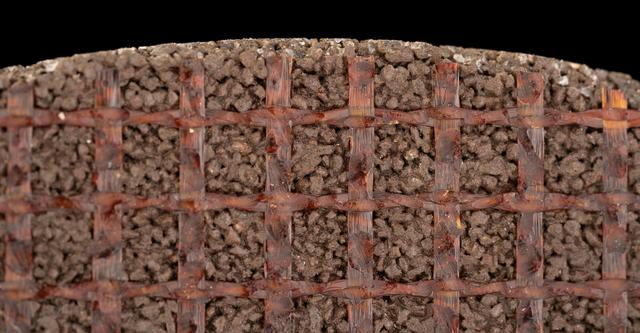 |
| Abrasive blade. |
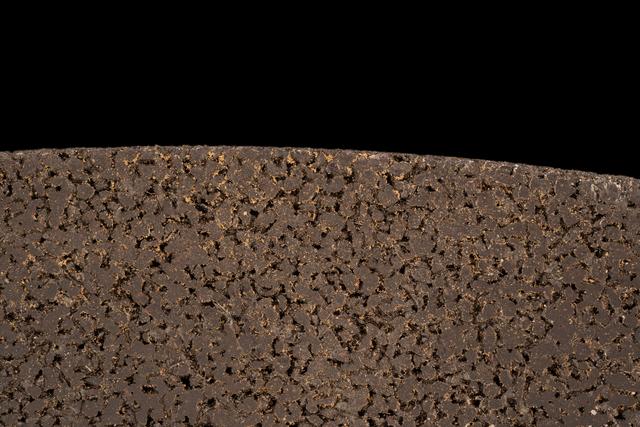 |
| Abrasive disks are used to cut steel. They grind through more so than cut. |
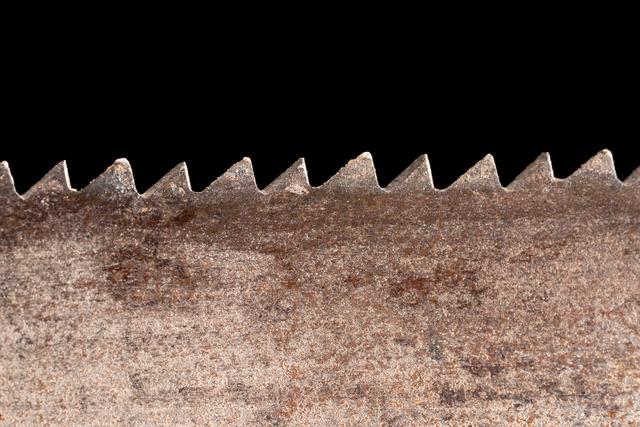 |
| Rip Saw |
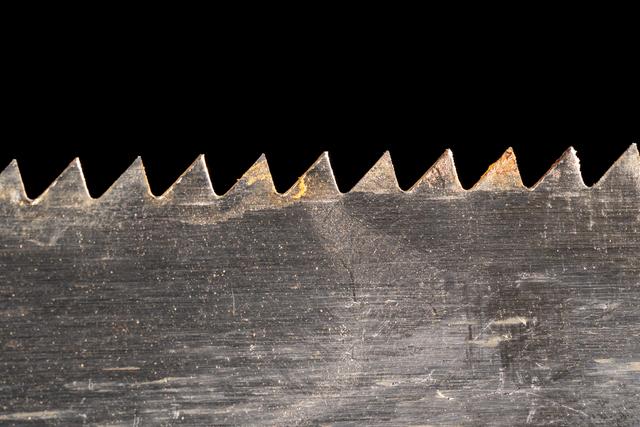 |
| Crosscut Saw |
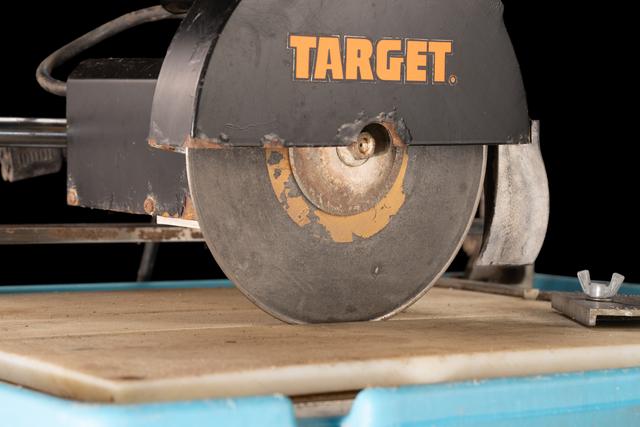 |
| Tile saw blades are similar to concrete saws, but typically smaller. |
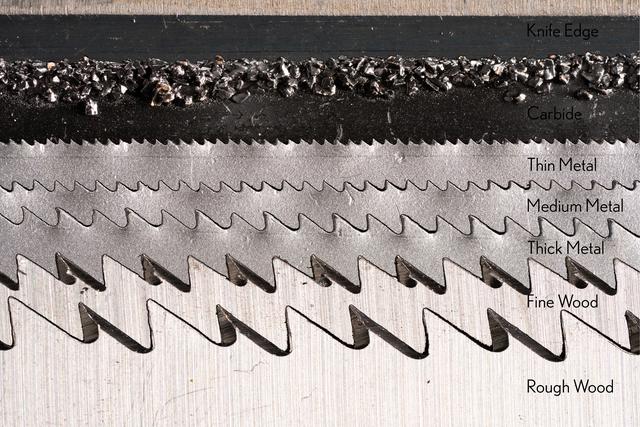 |
| Jigsaw blades from roughest to finest diamond. |
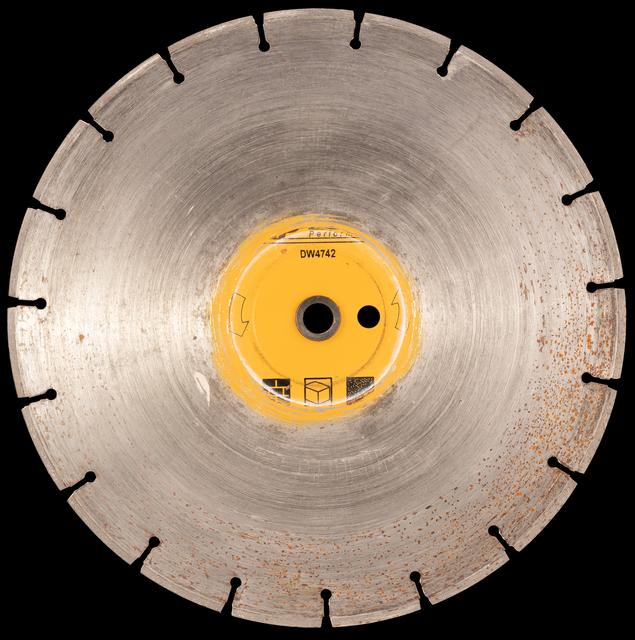 |
| This is not actually meant to be a hand-held circular saw. It was part of miter saw, but someone took it off the base and put a diamond blade on it. I got it at auction and immediately found a use: sawing 2-inch (50mm) thick concrete paving stones to fit together a garden path. Kind of scary, but with Toby directing a water hose at the blade it cut smoothly and got the job done. |
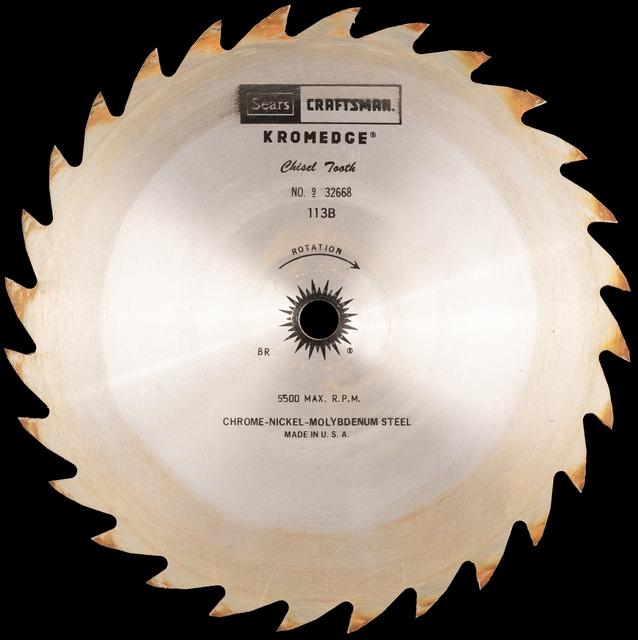 |
| Table Saw Blade |
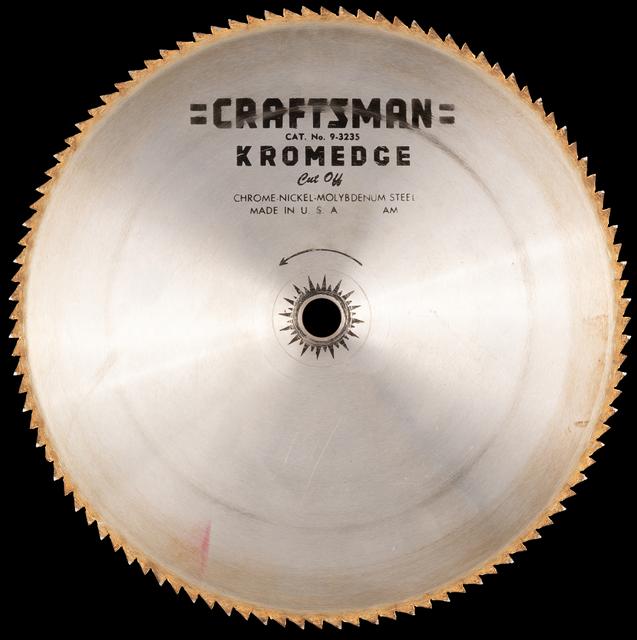 |
| Table Saw Blade |
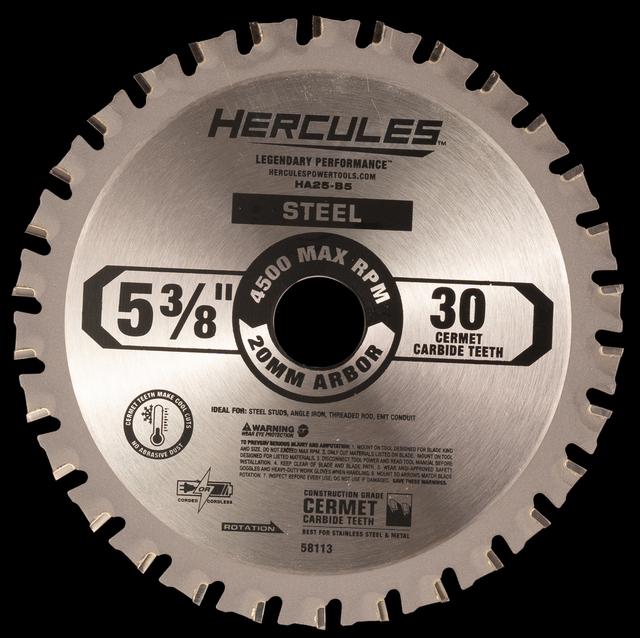 |
| Carbide-tooth circular saw blade meant for cutting steel. |
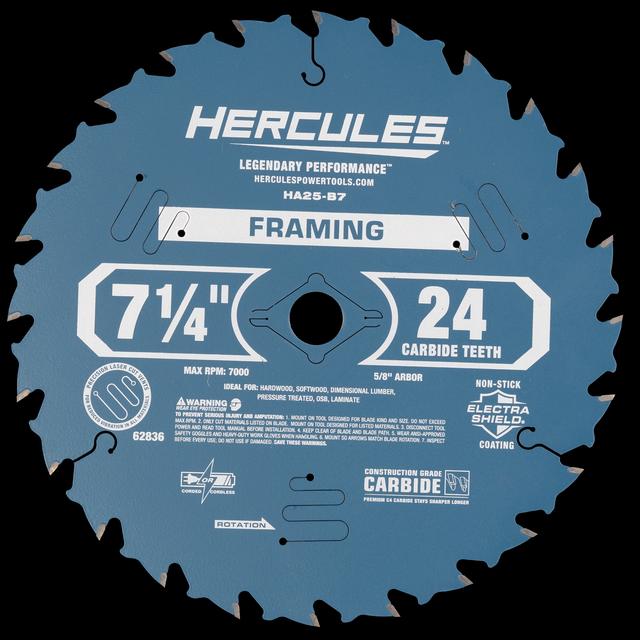 |
| Carbide-tooth circular saw blade meant for rough-cutting lumber. |
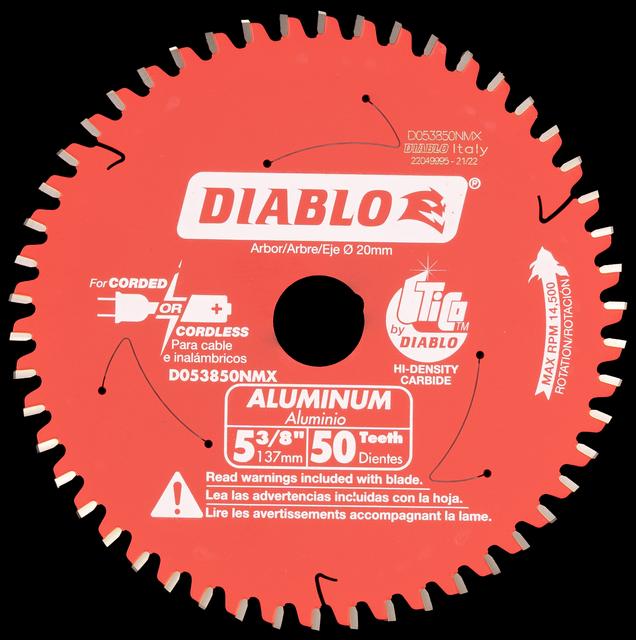 |
| Carbide-tooth circular saw blade meant for cutting aluminum. |
 |
| Carbide-tooth circular saw blade meant for cutting aluminum. |
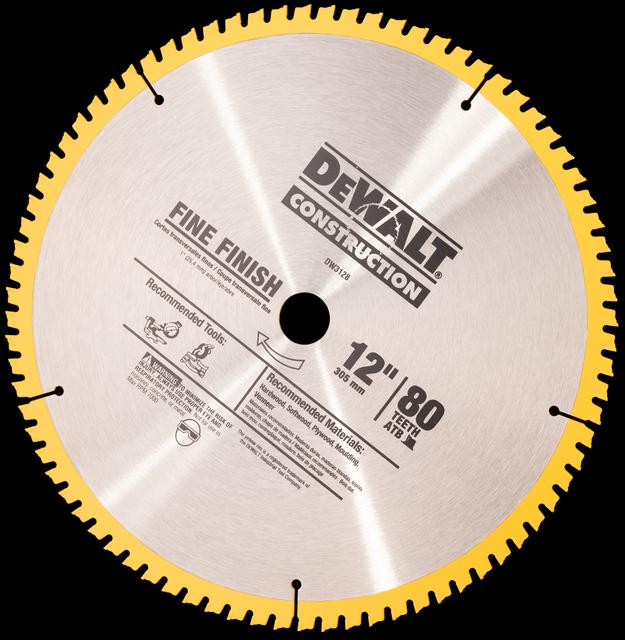 |
| A blade with 80 teeth will make smooth, clean cuts through hardwood. |
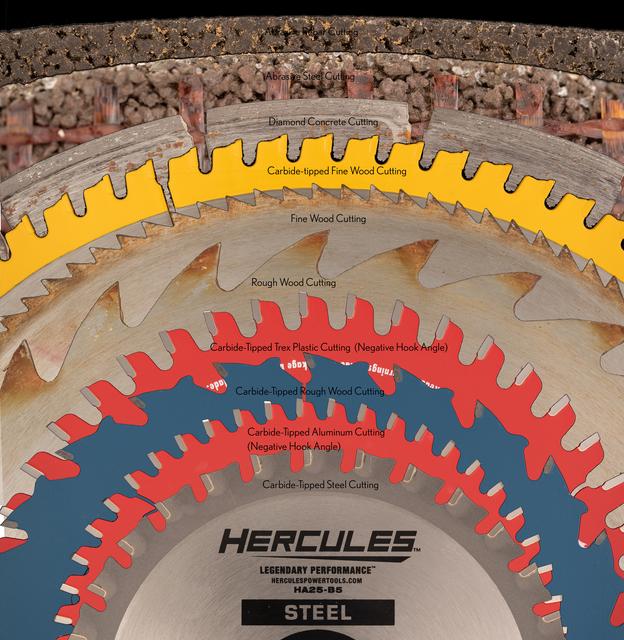 |
| Circular and miter saw teeth come in a lovely range of sizes, from widely spaced to fine-grit. |
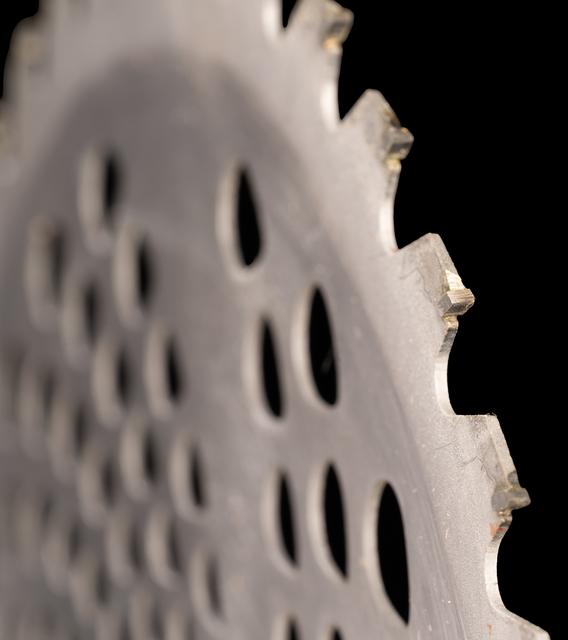 |
| This is not actually a circular or miter saw blade. It’s meant to be mounted on the end of what is normally a string trimmer (weed whacker) to make it exponentially more dangerous. The large number of holes make it lighter, reducing the gyroscope effect. |
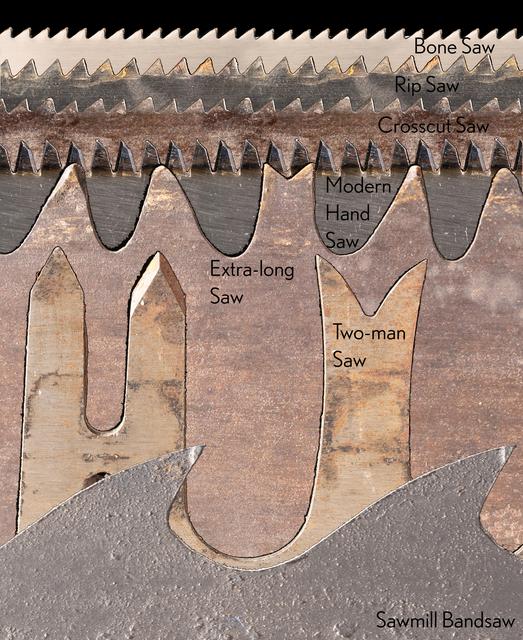 |
| Teeth for cutting wood come in a HUGE range of sizes, from several inches apart to a small fraction of an inch. |
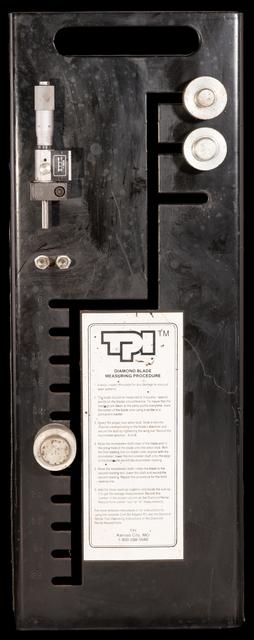 |
| If you own a diamond blade, you just use it until the diamond-impregnated segments are worn down to nothing, then spend an uncomfortable amount buying a new one. But what if you’re in the business of renting out tools with diamond blades? This measuring tool has a micrometer that allows a rental company to measure the diameter of a diamond blade before and after a rental placement to within one ten-thousandth of an inch (0.002mm). That way they can charge you by the thousandth of an inch, instead of by the hour. |
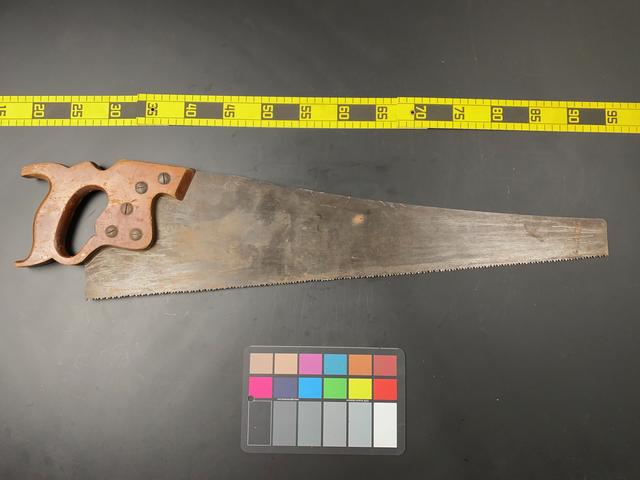 |
| Crosscut Saw |
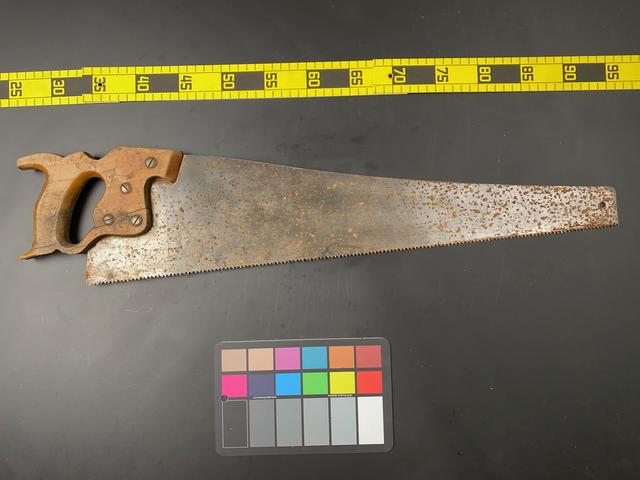 |
| Rip Saw |
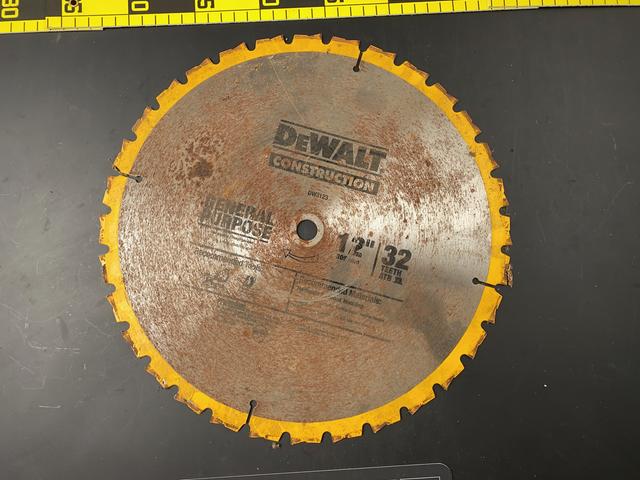 |
| A blade with 32 teeth will cut fast through soft or wet wood. |
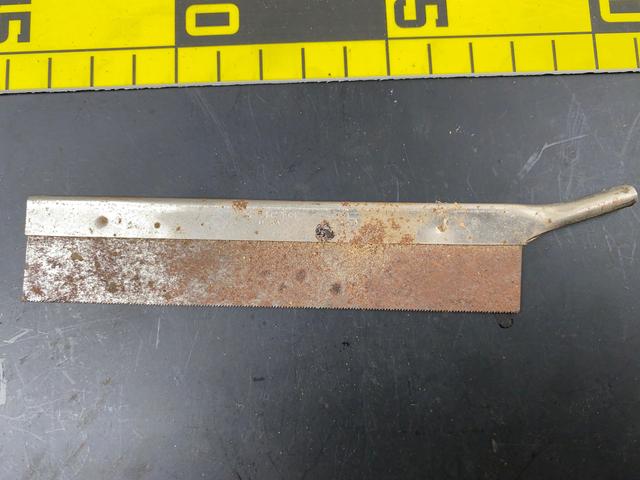 |
| Razor Saws have very fine teeth. |
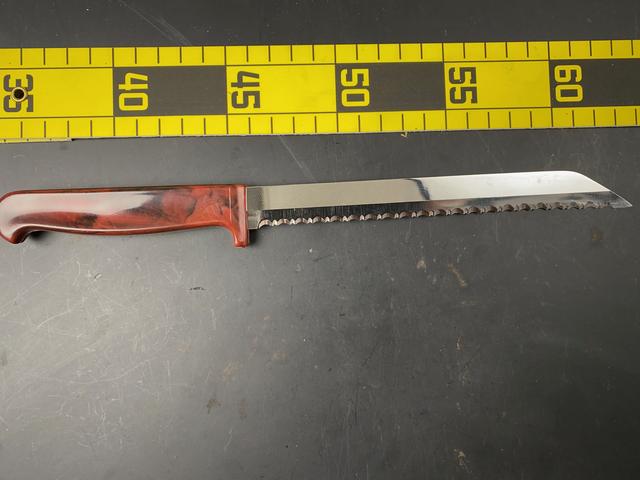 |
| Frozen food is not very flexible, so this knife, sold for cutting frozen food, moves a bit in the direction of having actual teeth to clear space for the blade. |
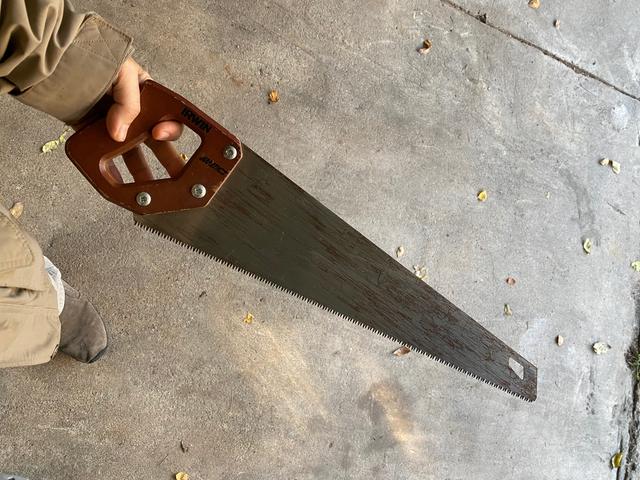 |
| A modern hand saw. |
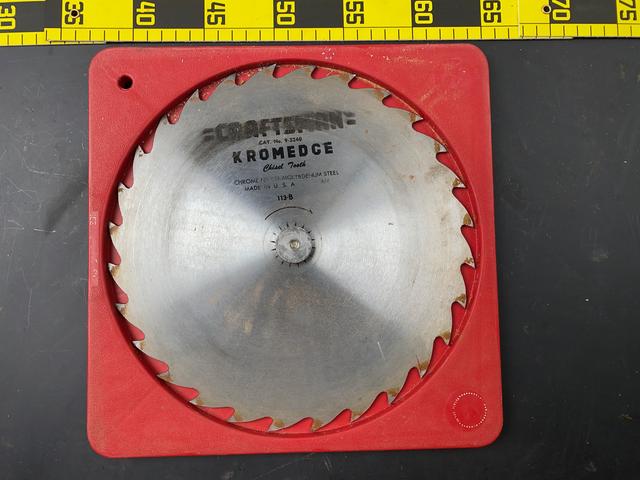 |
| Ordinary steel blades are cheap enough that you can have a whole range of tooth counts. But one sharp carbide blade will often work better under a wider range of conditions than a whole set like this. |
 |
| Table Saw Blade |
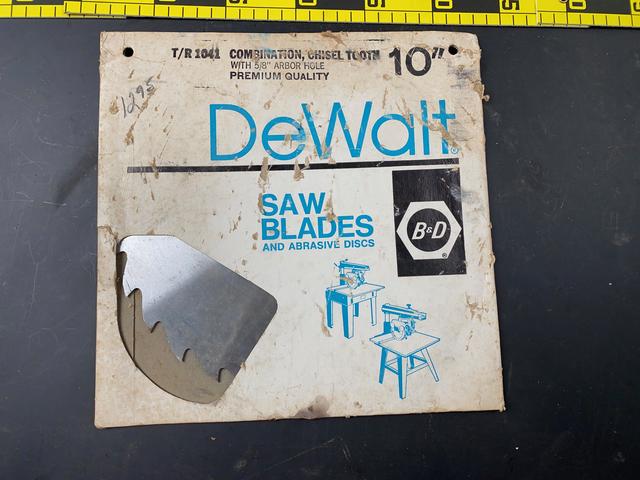 |
| Table Saw Blade |
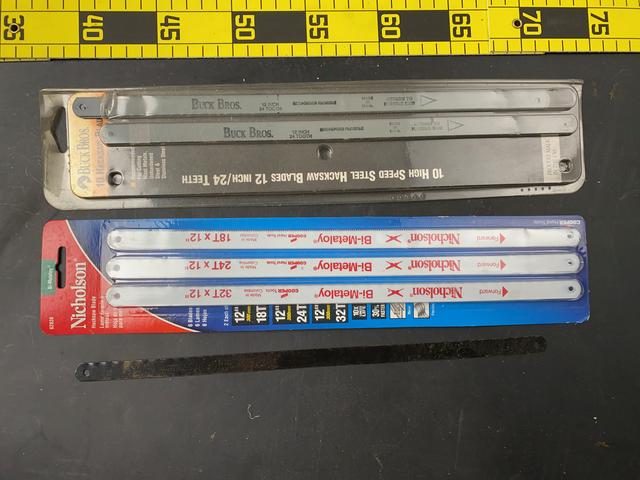 |
| Hacksaw teeth for cutting metal are generally much smaller that the teeth on wood saws, and they are always hardened. |
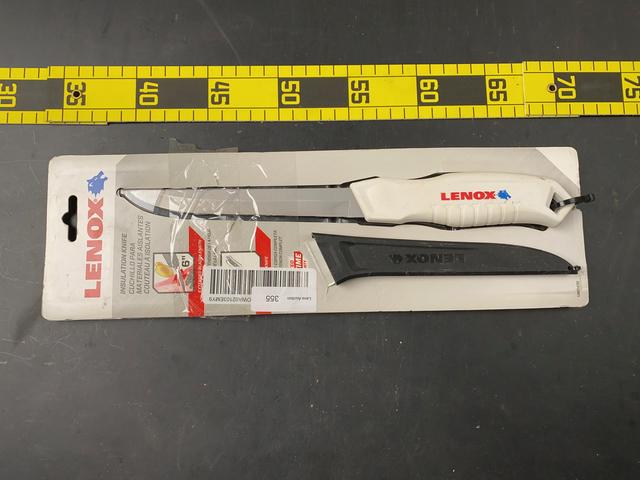 |
| This is not a bread knife! It is actually an insulation saw, meant to cut fiberglass or foam insulation. Like a bread knife, it has sharp, scalloped cuts that slice without removing any material from the cut. This is possible in bread and insulation because both these materials are flexible enough to move out of the way of the blade, even though no material has been removed to make room for it. |
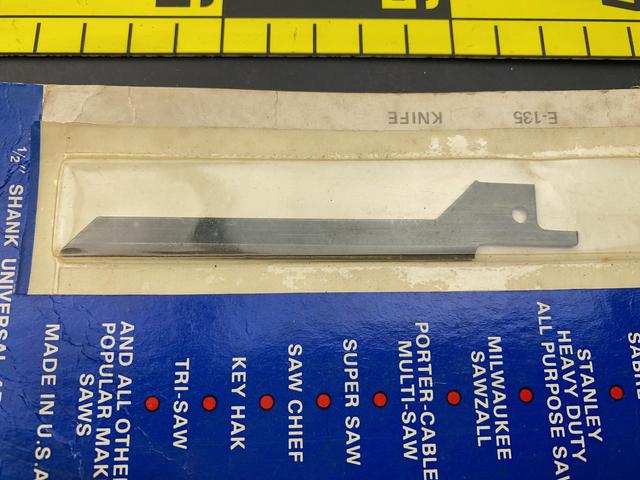 |
| Abrasive jigsaw blade. |
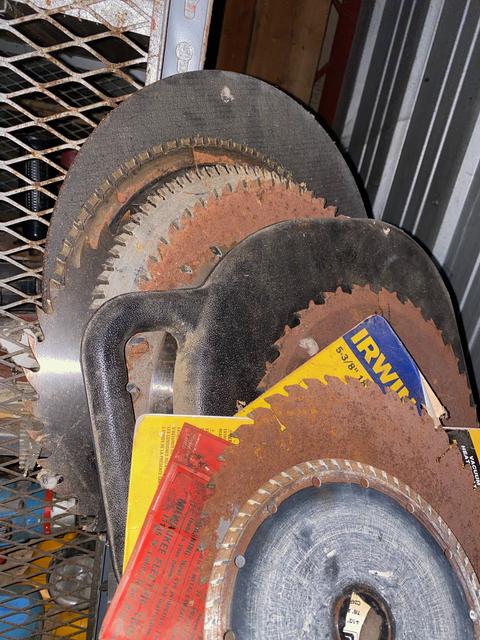 |
| Miter saw blades. |
Do you have a better example of this kind of tool? Let me know by leaving a comment, and include a picture of it if you can so everyone can see!